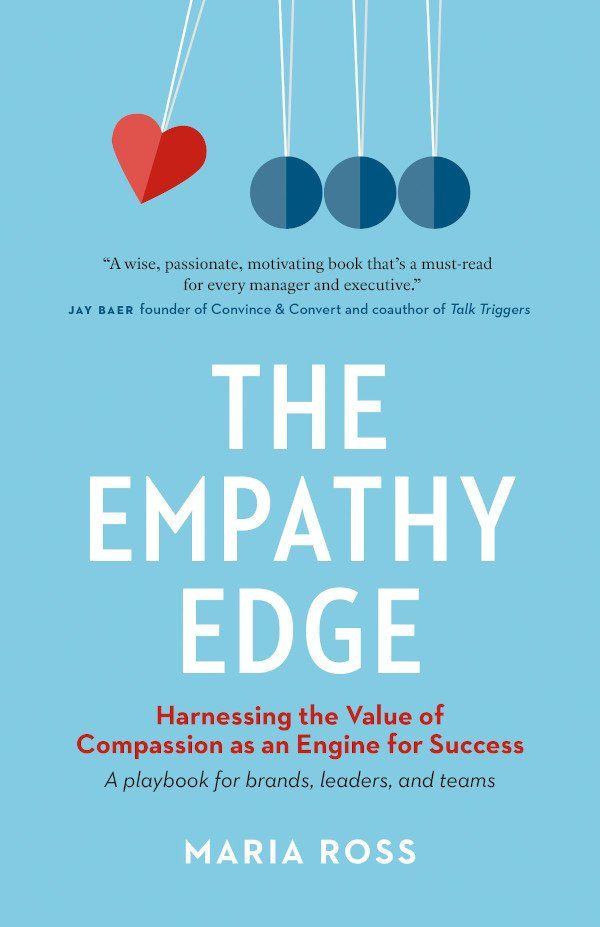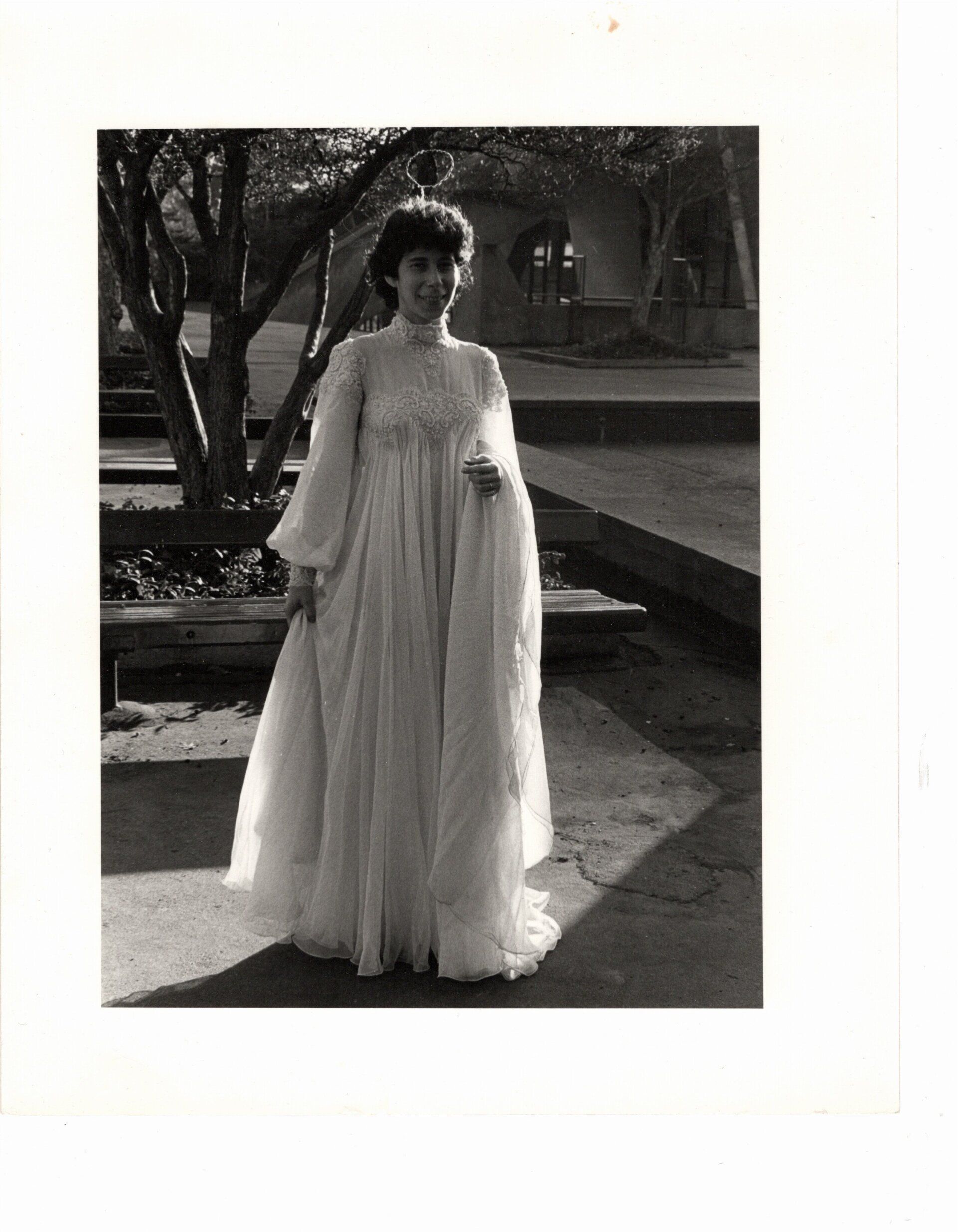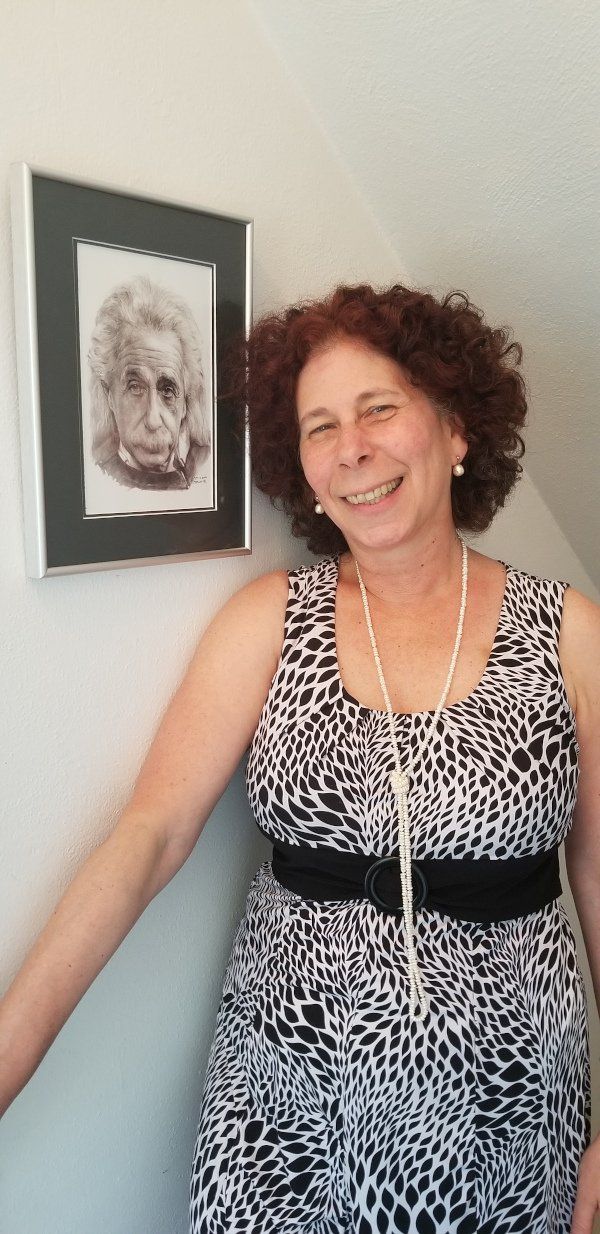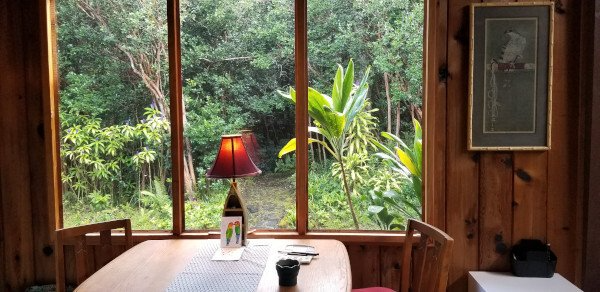This is the Perfect Time to Rethink Modern Urban Life
This is the perfect moment to re-envision what cities offer urban dwellers and rethink Modern Urban Life. How do we improve the quality of life for our neighbors and businesses as we move forward in times of uncertainty and cultural transformation?
Crises always accelerate processes that have already occurred, and slow down or stop processes that have already slowed down. The current crisis,the coronavirus pandemic 2019 is no exception.
Let us look at how this pandemic is changing the appearance of the cities in which we live.
Let us start with the structure of urban premises. The modern city before the pandemic was strongly divided into two and sometimes three sectors of space, namely residential, post-industrial (mostly offices) and industrial. Over the past decades we have witnessed the reduction of industrial space and its transformation into a post-industrial one comprised of offices, commercial premises. restaurants, shops, and even housing. Within this growth of the post-industrial economy, is the significant increase in the number of offices. And now, as the post-industrial economy is edged out by an innovative or digital one a new approach to organizing work is demanded as the need for office space diminishes. The coronavirus has given many of us the opportunity to work from home or remotely with unprecedented acceleration. The current situation is changing the structure of the working day throughout the emerging digital economy.
Both employers and employees are becoming aware of how much can be done remotely from home. Despite the challenges, there are unanticipated benefits for both the talent and the company. There is no longer a need to waste employee time traveling between home and work or, to invest precious resources on office rent, heating, and lighting. Boom! This reality calls upon the cohort of residences, developers, architects, planners, and communities where workers reside, to create innovative cityscapes in response.
How do we respect our new safety requirements and rethink our interaction and communication throughout the city and public spaces?
Will people spend all day at home? Of course not, and we will see an explosion of social interaction and communication at the close of the “stay-at-home” period. But by the time the shelter in place orders end, it will have become crystal clear that a lot of us do not need to physically go to work; many things can be done without leaving home. And so, in the rethinking of Modern Urban Life, we predict there will be a need to replace postindustrial offices with community centric co-working spaces located within walking distance of your home. Places where you can come with your gadgets to work at a convenient time and then exchange a word with your neighborhood "colleagues" assembled to interact with remote professionals like themselves.
The city will most certainly change its appearance from what we have seen over the past few decades. There will be a new approach to optimizing city space. Office towers will be replaced by small spaces for work, co-working spaces on pedestrian streets near residential blocks with cafes, fast food restaurants, and even in parks. Our new normal could look like awakening and spending our days working and playing within walking distance of our homes. For those who used to commute in traffic for hours each day this change in professional work locale may be a silver lining at this time. These days we all deserve less stress as we care for our loved ones and enjoy our newly imagined residential community.
If you would like to know more of Professor Vesmanov research on developing a vibrant future for city dwellers, please enjoy as our gift the first two segments of
Modern Urban Life and to find out how you can engage as a Modern Urbanite.
Additional Blog Post Suggestions

Copyright© 2002 - 2025 Vast Institute® LLC. - All Rights Reserved.
VAST Institute, VAST Tree Logo, Masterpiece of Humanity, Intentional Life Design, Original Thinking, Leadership Genius, Blueprint for Success and
What I Do Matters are Registered Trademarks of the VAST Institute LLC.









